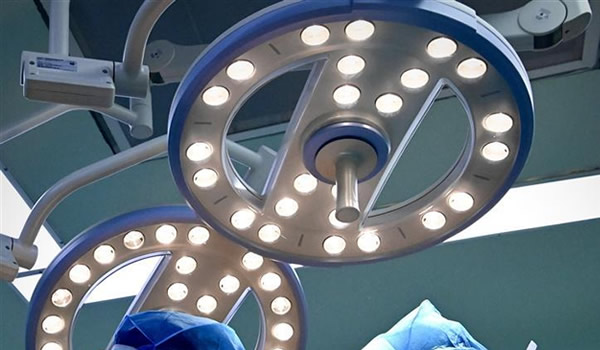Constant screen exposure affects sleep, concentration, and emotional health. A regular digital detox is more than a trend—it’s a powerful step toward mental clarity and life balance.

In today’s hyper-connected world, it's easy to forget what life feels like without constant notifications. However, the brain is not wired for non-stop stimulation. Studies link excessive screen time to eye strain, poor sleep, irritability, and even depressive symptoms.
A digital detox doesn't mean abandoning technology—it means setting intentional boundaries. Start by designating no-phone zones like the dining table or bedroom. Try going screen-free for the first hour after waking and the last hour before sleep.
Reconnecting with real-world activities—reading a physical book, taking a walk, or cooking without distractions—can help reset your nervous system. Many people report improved sleep, clearer thinking, and better interpersonal communication after a detox.
FAQs:
- How long should a digital detox be? Even a few hours per day can help. Consider a full weekend unplugged occasionally.
- Is this just for mental health? No. Physical health improves too—less eye strain, better sleep, and reduced headaches.
- Can kids benefit from this? Absolutely. Structured screen breaks support cognitive development and social skills.
- Is it realistic for working professionals? Yes. Use tools like app timers or focus modes to manage work-life balance.
- What if I relapse? It’s okay. Digital detox is a practice, not a punishment.
Editor's Note:
Think of a digital detox as a reset button—your body and mind will thank you.